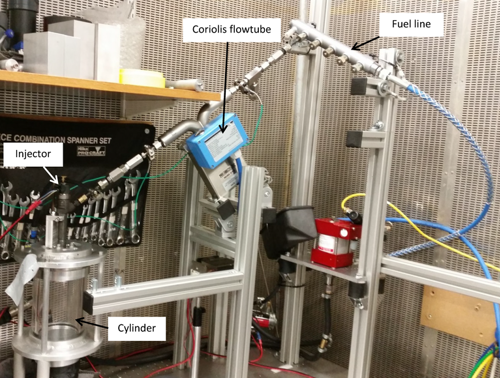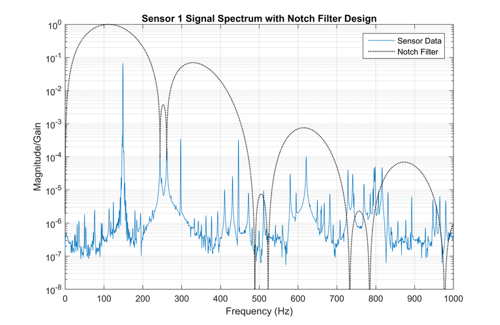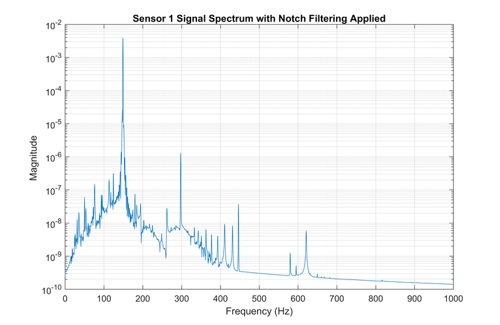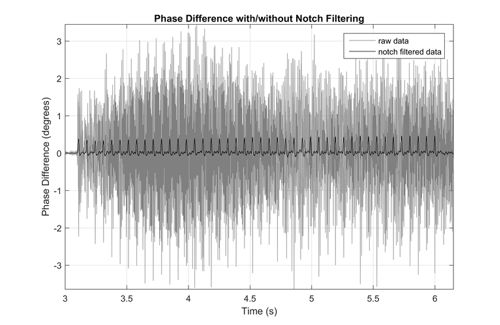Coriolis metering for diesel fuel injection research in The Advanced Instrumentation Research Group
Example: Coriolis metering for diesel fuel injection
Prism signal processing has been applied to Coriolis mass flow metering, a technique described in detail elsewhere on this website. We have developed a new prototype transmitter which, although using only modest computing power, is able to generate measurement updates at 48 kHz. Typical commercial Coriolis meters generate measurements at 10 - 100 Hz, while a previous 'ultra-fast' Coriolis transmitter developed by our research group achieved 1500 Hz update rate.
Working with our colleagues in the Combustion and Engines Group we have applied the new meter to directly monitor the mass flow rate of diesel fuel in engine injector systems for flow pulses as short as 1 ms.
The experimental setup is shown below:

The Coriolis flowtube is rated for 1000 bar, a requirement for diesel fuel engine operation. As the injector releases short pulses of fuel into the cylinder, the Coriolis flowmeter measures the diesel liquid passing from the fuel line to the injector.
Here we outline the signal processing challenges and how they were met using Prism techniques. Coriolis sensor signals typically have many frequency components. The 'drive frequency' is a natural mode of vibration of the flowtube, usually the lowest, which is driven by the Coriolis transmitter to oscillate at high amplitude. It is this mode of vibration that is used to obtain frequency and phase data from which the flow measurements are calculated. Other components in the sensor signals include harmonics of the drive signal and, typically at low amplitudes, other natural modes of vibration of the flowtube, and external vibration. The flowtube's other natural modes of vibration are liable to become excited in a noisy mechanical environment such as an engine.
The signal processing challenge is to retain the drive frequency while reducing the influence of the other natural modes of vibration. One approach would be to use bandpass filtering to isolate the drive frequency component, but this would reduce the dynamic response of the flow measurement, and a very fast response is needed to track short fuel pulses.
The alternative used here is to apply Prism-based notch filtering to target the unwanted modes of vibration. The figure below shows a typical signal processing scheme: a pre-filter consisting of two Prisms with values of m selected to notch out unwanted modes of vibration, followed by a Recursive Signal Tracker (RST) to obtain frequency, amplitude and phase information from the drive component.
![]()
In the example used here, the drive frequency is approximately 149 Hz, while the two natural modes of vibration to be notched are at 244 Hz and 262 Hz. Note that while, in general, the resonant frequencies of a Coriolis meter will vary somewhat with the density of the fluid, in this application the fluid density is stable, and so a simple static notch filtering scheme can be applied.
The plot below shows the frequency spectrum of a Coriolis meter sensor signal collected while a fuel pulse was passing through the flowtube.

The highest peaks are the drive frequency (149 Hz) and its harmonics, but the two other natural modes a 244 Hz and 262 Hz also have high amplitude, being excited by the noisy environment.
Superimposed on the spectrum is the gain of the pre-filter created using two Prisms to notch out the unwanted frequency components. The filter also has a generally low pass characteristic.
The plot below show the post-filtered signal. The unwanted modes have been suppressed along with high frequency noise.

The filtered signal is passed on to the RST, which generated frequency, phase and amplitude results every sample i.e. at 48 kHz. With a parallel path processing the second sensor signal, the phase difference between the two sensors is obtained.
The plot below shows the phase difference results obtained for a sequence of 1.5ms fuel pulses. For contrast, the results are shown both with and without the pre-filtering. Without pre-filtering, the influence of the other natural modes of vibration introduces a high level of noise into the phase difference measurement so that the fuel pulses cannot be detected. With the pre-filtering included, the fuel injection behaviour is clear.

Further improvements in fuel pulse tracking are expected if we are able to apply this technology platform to higher resonant frequency flowtubes.
The work described in this paper was supported by funding from the
Advanced Propulsion Centre Ltd., UK (Grant no.: PGC015) and
Rheonik, Germany(grant number: R43555/CN002).
References
1. Leach, F, Karout, S, Zhou, FB, Tombs, MS, Davy, M and Henry, MP. “Fast Coriolis mass flow metering for monitoring diesel fuel injection”, Flow Measurement and Instrumentation, 58 (2017), pp 1–5. http://dx.doi.org/10.1016/j.flowmeasinst.2017.09.009
2. Leach F, Davy M, Henry M, Tombs M, Zhou F. “A new method for measuring fuel flow in an individual injection in real time”, WCX: SAE World Congress Experience, Detroit, MI, USA. Apr 2018.
